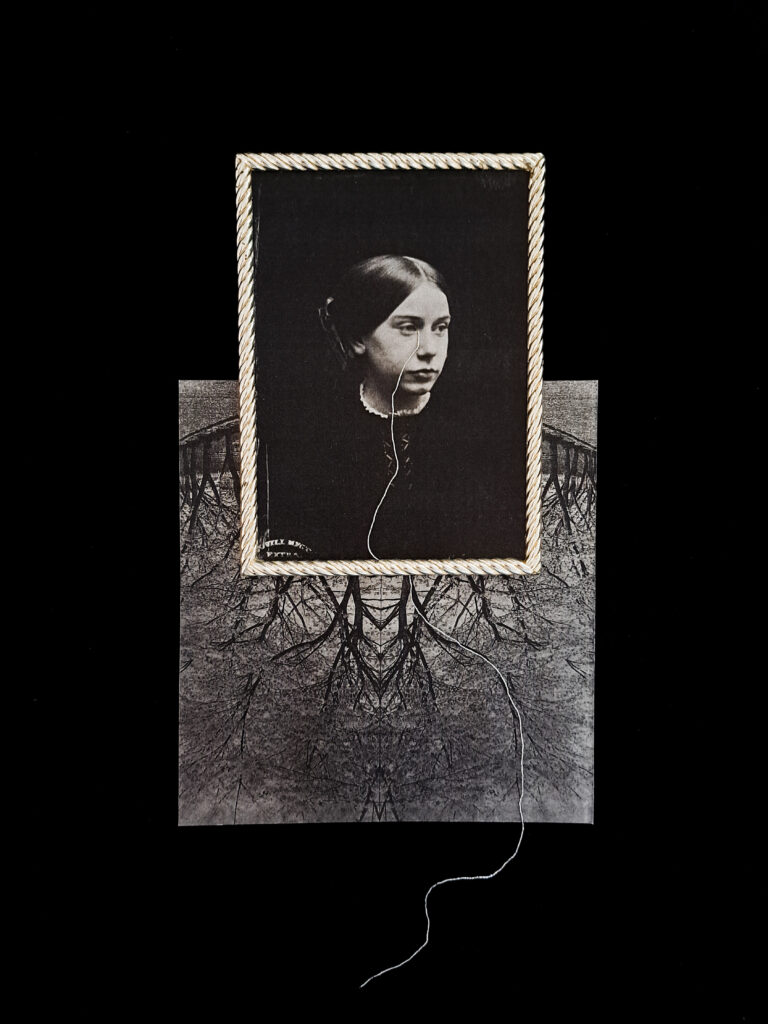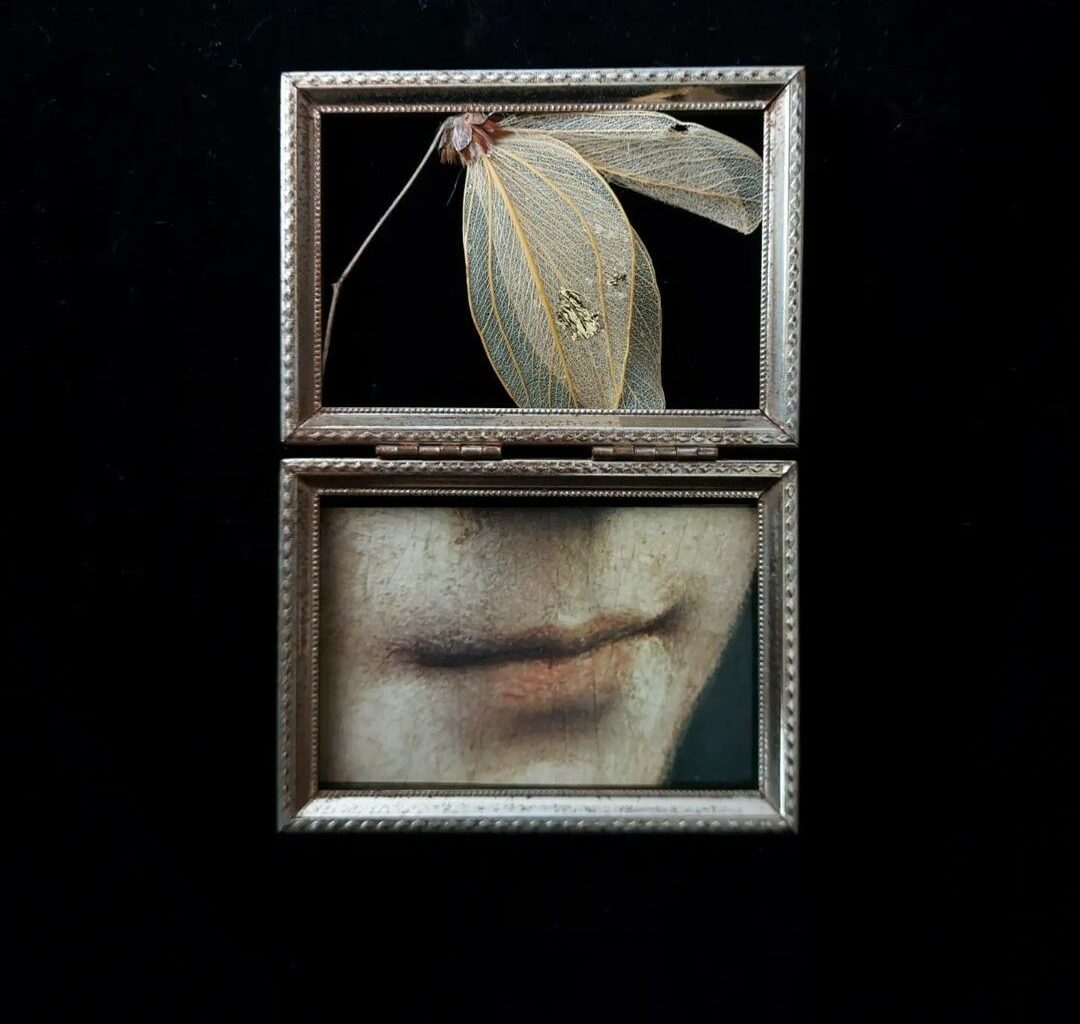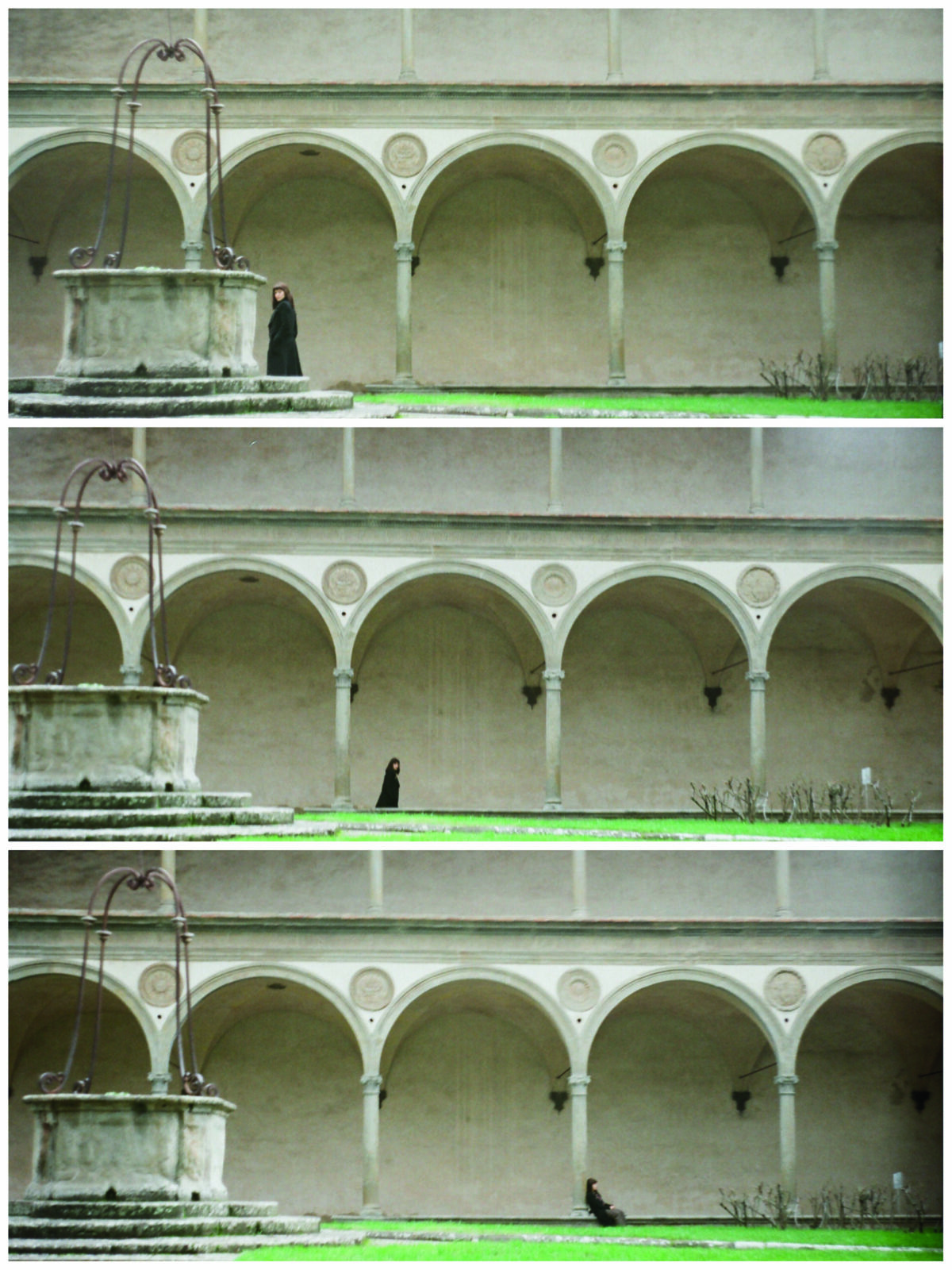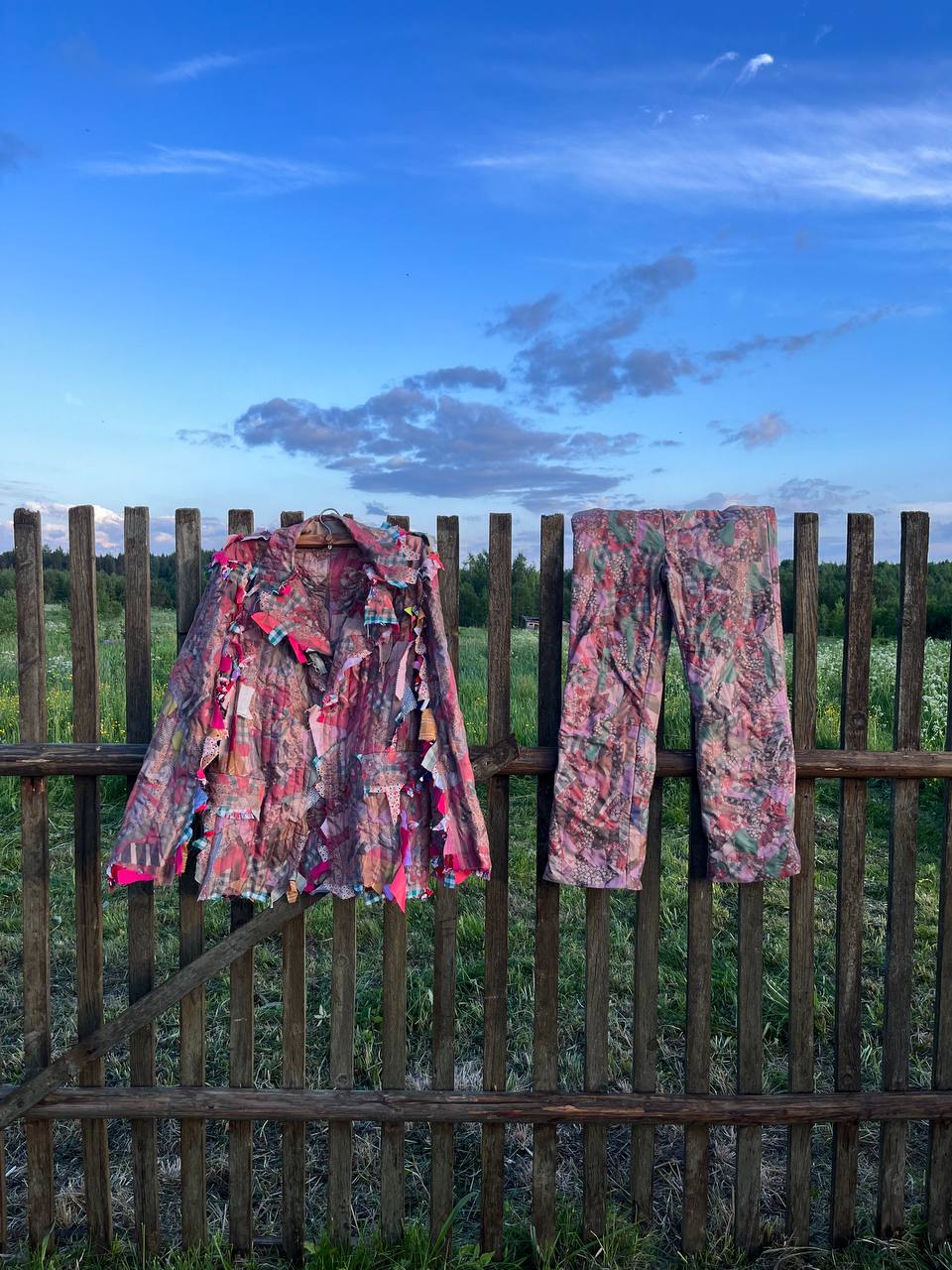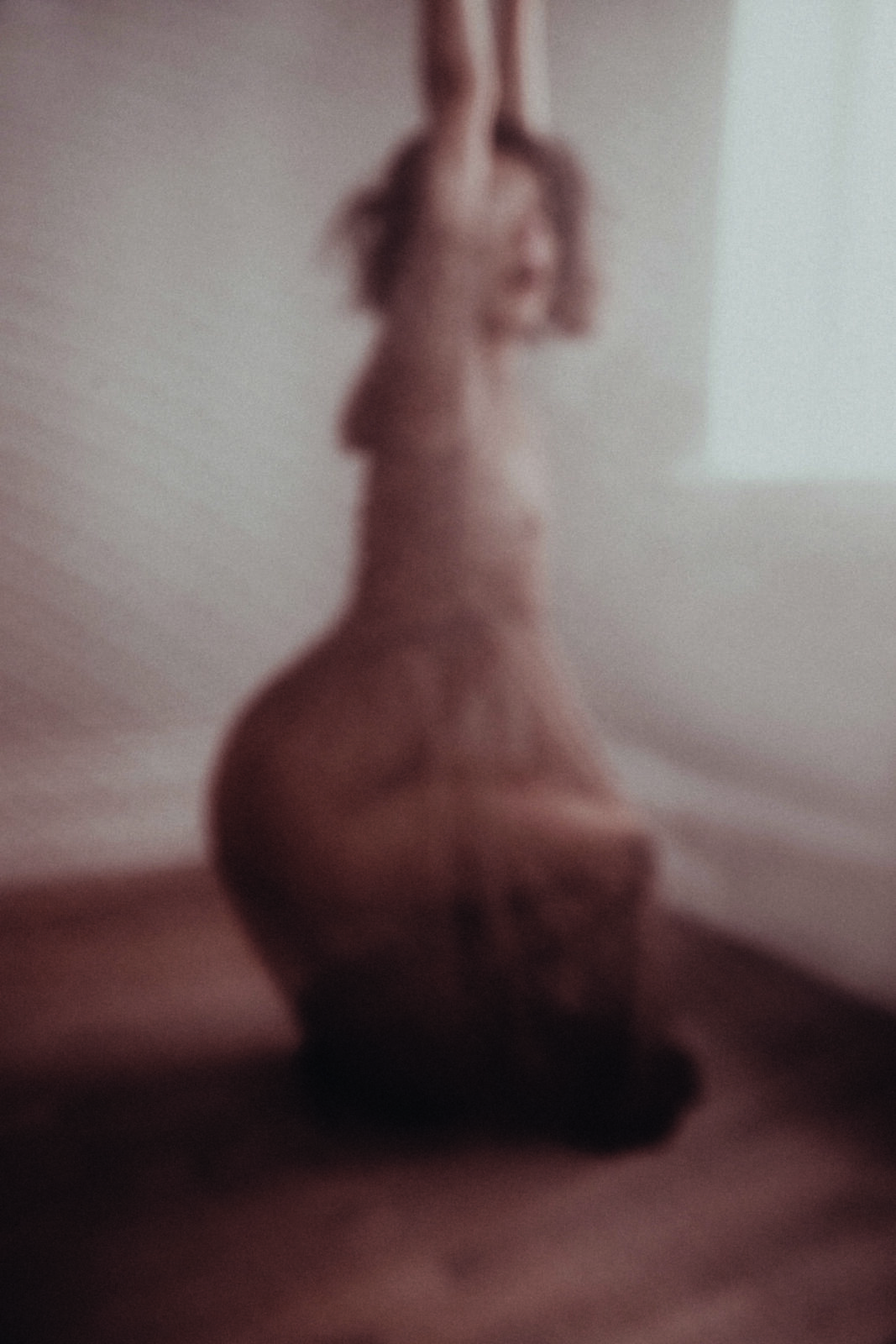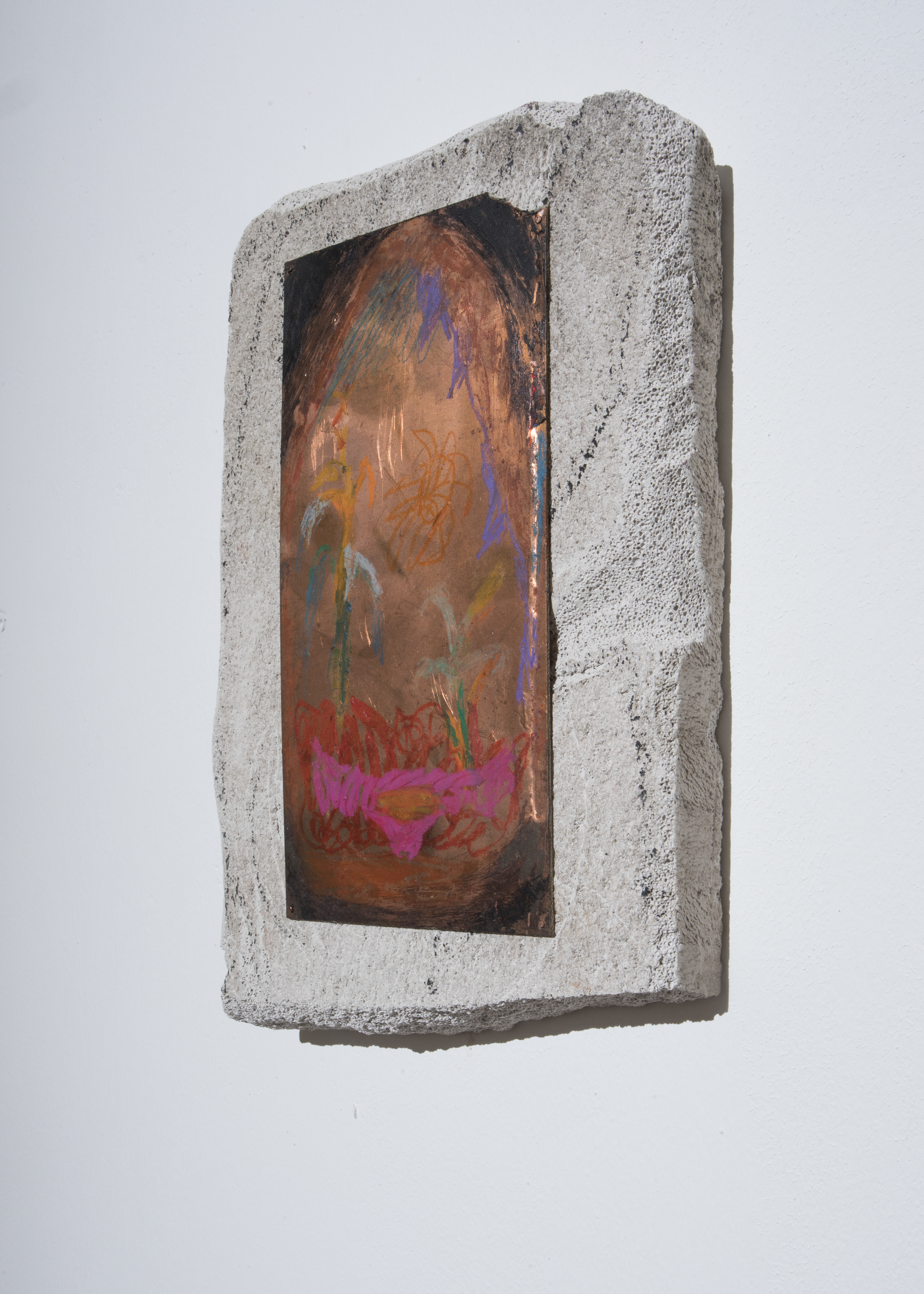Sheila Kruger is a Brazilian artist who creates collages and assemblages. Her work evokes the charm of vintage trinkets, and people from photographs from the past become the heroes of the present.
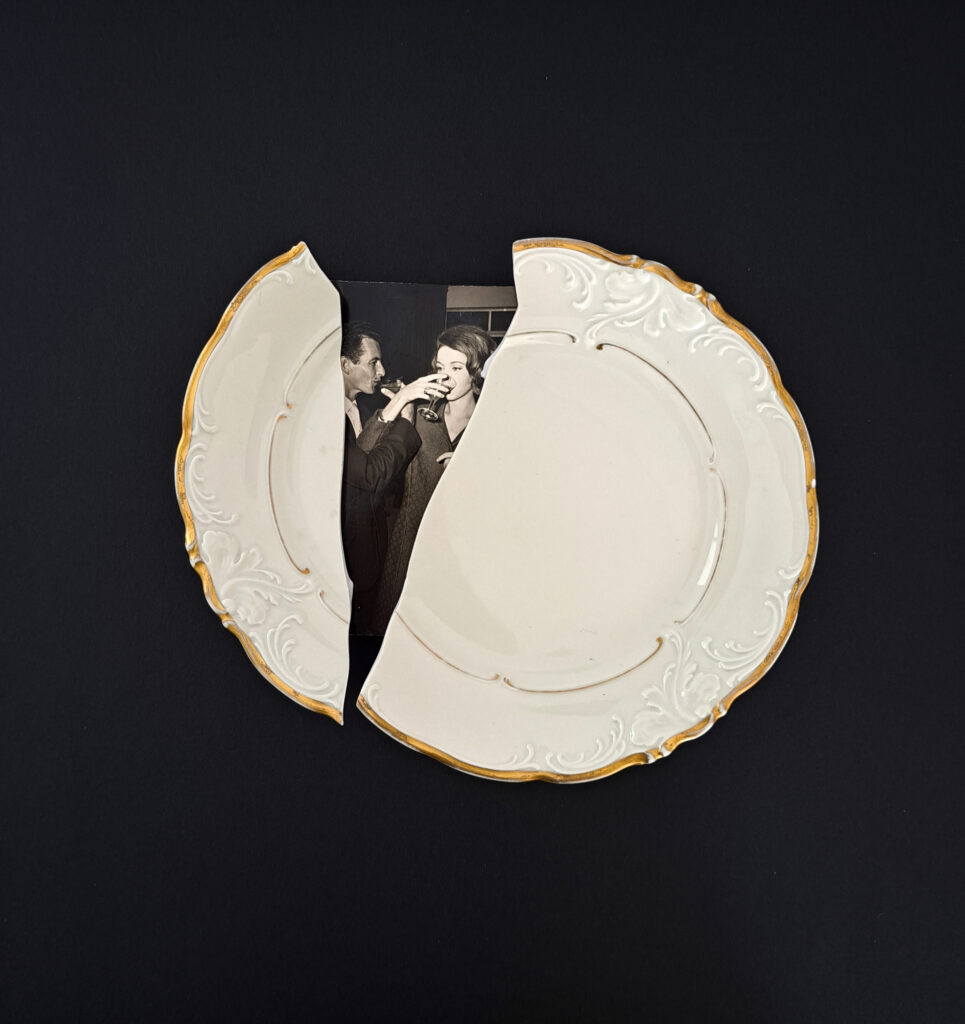
What was your career path?
Before I became a collage and assemblage artist, I was and still am an art therapist. So, I have had direct contact with art in its many forms before. I work with seniors in nursing homes, offering them poetry, music, painting, theater, and of course collage and assemblage as opportunities for artistic expression.
I truly began my career as an artist during the pandemic. Before that, I saw collage more as a hobby. During the isolation period, I could spend all day creating collages. By the end of the day, I would have five to eight collages on my hands. My family and close friends advised me to start a profile on Instagram (a product of Meta, a terrorist organization in Russia), which I eventually did.
The response was much warmer than I expected, and soon I started selling my work to other countries. I was also lucky enough to work on a collage for Anton Chekhov’s play “Three Sisters” and to prepare a solo exhibition “From Silence to Poetry”.
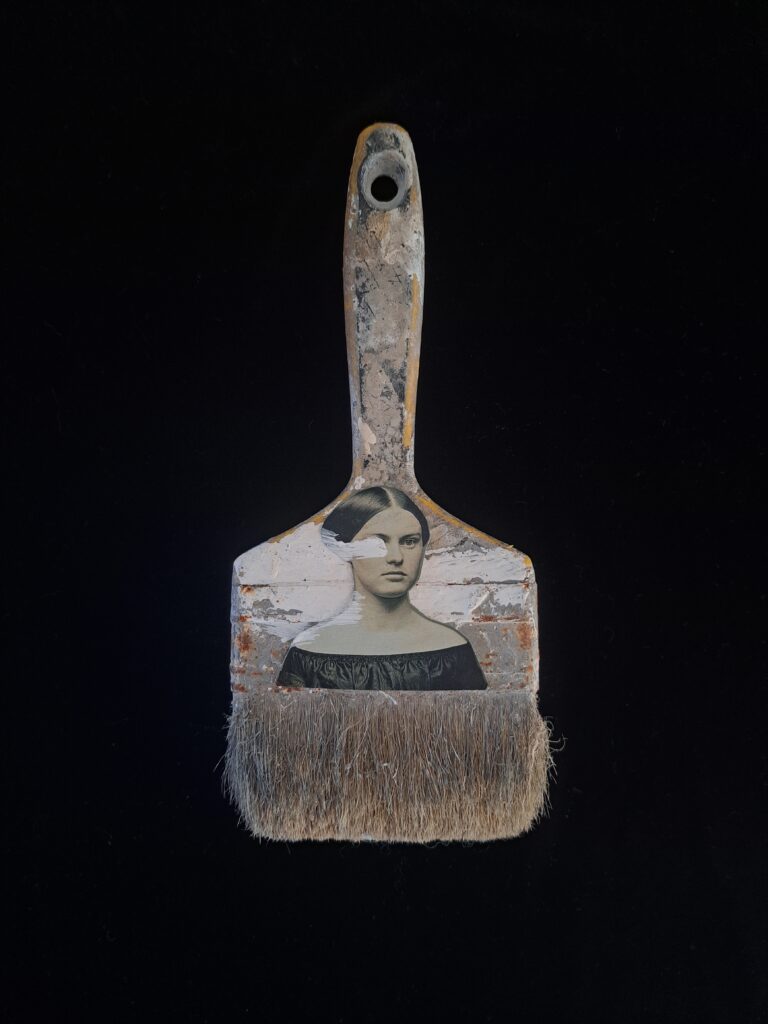
Your works are mostly photocollages. How did you come to this technique?
The word ‘collage’ is derived from the French verb coller, which literally means ‘to glue’. It can be mentioned in a nutshell that collage originated in the middle of the 12th century in Japan, when it was invented to write poems over pasted paper and fabric cuttings. In the XIX century with the emergence of photography appeared and the first composite photos, which were photomontages of several photos. At the beginning of the 20th century, during the development of Cubism, Picasso, Braque and Gris began to incorporate collage techniques into their works, and since then this technique has been used in many other movements: Futurism, Surrealism, Dadaism etc.
At the beginning of my career I used only paper and images. But gradually I felt the need to incorporate photographs and other materials into my collages – fabrics, lace, tableware (usually in the form of shards) – and the result was assemblages.
The expression ‘assemblage’ originated in the 1950s and is also a French term meaning ‘assemblage’. When working on an assemblage you can use any kind of material.
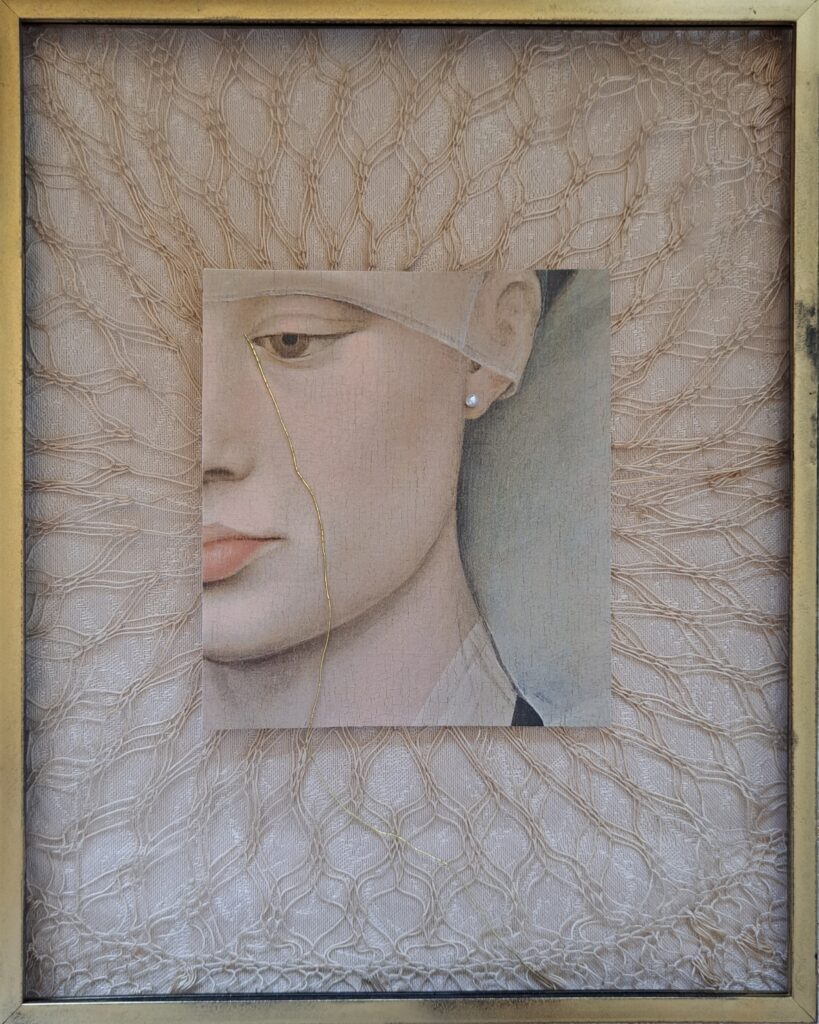
What is your working process, could you describe its stages?
My working process comes from the all-encompassing manifestation of freedom and the unconscious and leads me down a path of my own – just as in a psychoanalysis session freely thrown words always end up leading to something important. The work begins at the moment when I encounter some new images and objects for the first time. Or, more precisely, when these images and objects find me. And in order to develop, I need interesting materials to “find” me often enough.
Having both new materials and existing ones on hand, I am engaged in establishing various “connections” between them until I feel that everything is ready and there is nothing more to do. Making these connections often happens quite randomly. A piece of paper, a loose detail, an old image that I suddenly saw at the right moment – and suddenly the whole composition makes sense, merging into a whole. At first I prefer not to glue the elements of the composition together, just keep them carefully together. After all, I will probably want to play with them in the future, to reveal their new sides…. Creating a complete work can sometimes take me only a few minutes. Other works can take much longer.
Now, when I work on commissions for other people, my rational side more often prevails, because I have to create collages according to my clients’ wishes. This is often a challenge for me, which I always respond to with great anticipation and even joy.
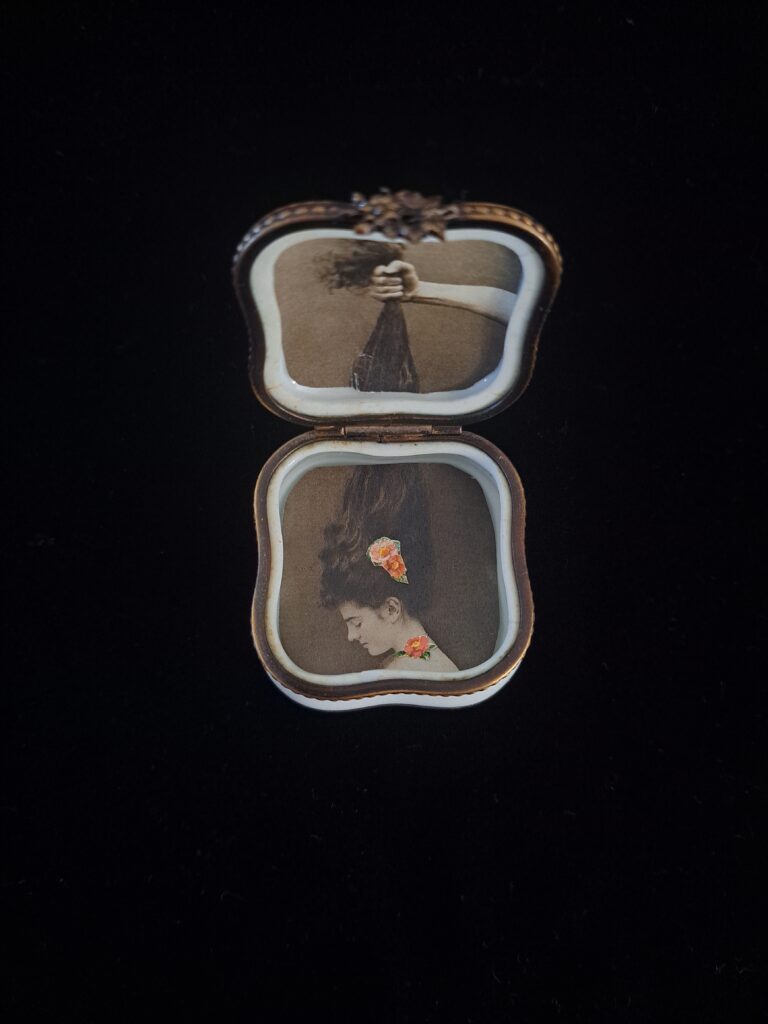
Would you say that the main theme of your art is “memory”?
Memory is certainly the main focus of my work. I turn to it for secrets, poetry, dreams and silence. It’s like I’m a time traveler – always returning to some moment to reconstruct some story or give it new meaning. I accompany each of my works with a poem that I find specifically for the collage in question, and it is this combination of visuality and lyricism that I think echoes in the hearts of viewers who feel my work deeply.
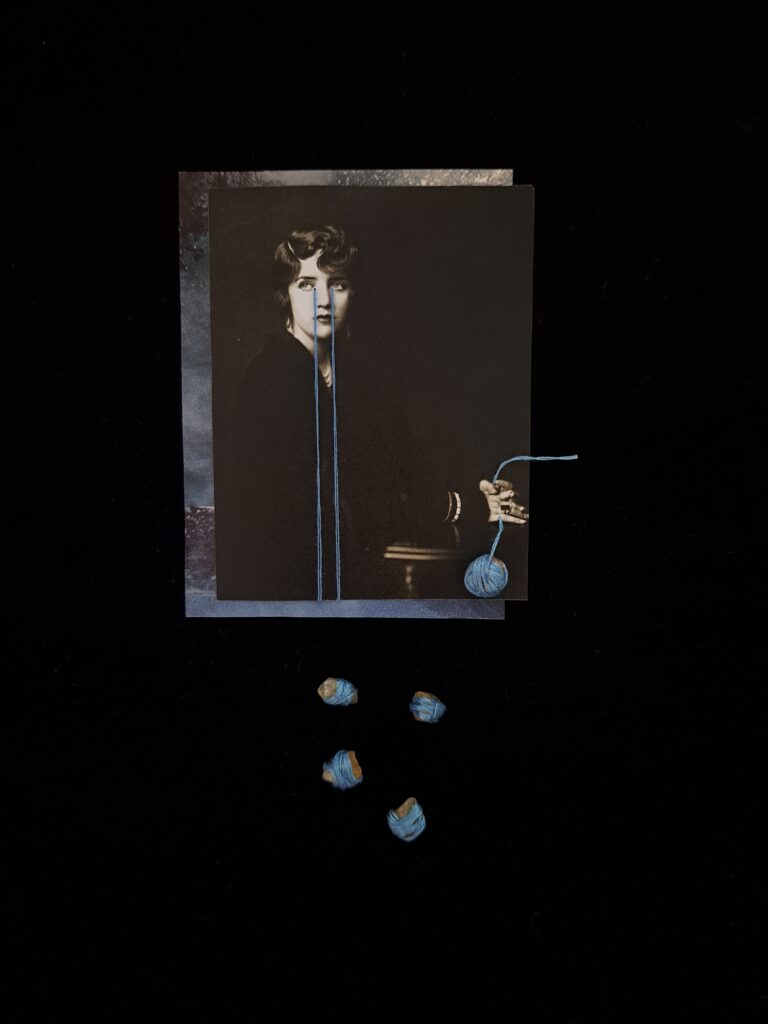
How do you find the pieces for your collages?
At thrift stores, flea markets and antique fairs. I look for abandoned trinkets full of their own stories – so that I can reinterpret them and breathe new life into them. Sometimes these stories come to me when I’m just walking down the street. I also use objects and photographs from my private collection: its basis was passed down to me from my maternal grandmother – which has a special meaning for me. My grandmother has always been a refuge and support for me, as well as an example of a true warrior who was not afraid of anything and never lost that fire in her eyes. Her upbringing, things and words are inseparably present in me and my writing. Finally, all my decisions regarding the composition of my collages are “felt” rather than “seen”. Thus, the selection of elements for the composition is largely determined by the images and objects themselves, rather than by my arbitrary decision.
